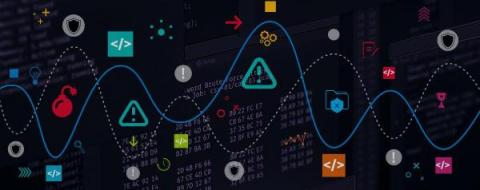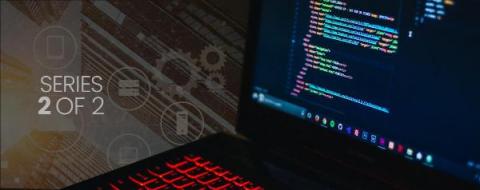A Timeline of Software Supply Chain Attack Examples
There are several noteworthy software supply chain attack examples that we can learn from. Why is this important? Attacks on software supply chains can be incredibly harmful as they specifically target organizations through their third-party vendors or software, hardware, or service providers at any point in the development process. The intention behind these attacks is to gain entry, carry out espionage, and enable acts of sabotage.








